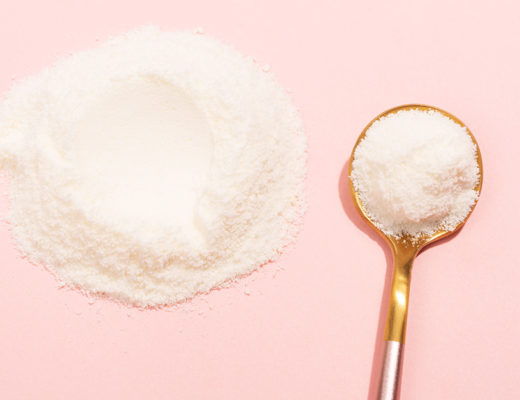A lot has been made of a recently published John Hopkins research paper showing that the majority of CBD products sold on retail shelves are labeled inaccurately. Most of the discussion thus far has been about CBD and THC volume. But there is another side to this story. It involves extraction methods.
Very few would argue that consumers have the right to know exactly how much CBD and THC are in the products they buy. It is no different from food labels. People need to know what it is they are ingesting or using as a topical formula. But they also deserve to know how the products they purchase were derived.
Extracting CBD from Hemp
CBD is a cannabinoid found in nearly every variety of cannabis plant. Most of the CBD on the retail market today comes from industrial hemp, a variety of cannabis that is bred specifically because it has a high CBD content.
To get to that CBD, processors need to put plant material through an extraction process. Here’s where things get tricky for some consumers. According to CedarStoneIndustry, a Houston company that designs and installs hemp extraction equipment, there are numerous ways to get CBD out of plant material – including solvent extraction.
Solvent extraction utilizes some sort of chemical or natural solvent that breaks down plant material so that cannabinoids and terpenes can be captured. Ethanol hemp extraction is one of the most popular forms of solvent extraction. It utilizes ethanol as the solvent.
Butane is another popular chemical solvent. On the natural side of things, manufacturers might use olive oil. The point is this: every solvent leaves behind trace amounts even after extracted oils are evaporated.
Some People Avoid Chemical Solvents
Knowing all of this may seem a waste of time until you realize that some consumers do their best to avoid chemical solvents. They do not want anything to do with them, despite the fact that trace amounts of chemical solvents are unlikely to cause any harm.
A person looking to avoid chemical solvents probably would not want to buy a product derived through ethanol hemp extraction. And yet, product manufacturers and plant processors are not required in most states to reveal their extraction methods. Some do voluntarily; most do not.
If you were a consumer looking to avoid chemical solvent exposure, how would you know? You would have to trust the product label to reveal extraction method. But truth be told, very few labels mention extraction in any way, shape, or form.
Fighting Labeling Standards
In the push for labeling standards, states are seriously beginning to look at mandatory testing and making extraction methods public. Manufacturers and processors are fighting both angles. But should they?
In terms of ingredients and their volumes, the only way a manufacturer can guarantee an accurate label is to test its finished products. Whether that testing occurs in-house or through an independent lab is immaterial. If manufacturers are not going to voluntarily test, perhaps regulators need to force the issue.
As for revealing extraction method, the industry is correct in asserting that the FDA does not require food manufacturers to reveal their production methods. Food labels only need to present an accurate list of ingredients.
The current issue of CBD labeling heavily emphasizes CBD and THC volumes. That is not a problem. We need to do a better job of making sure labels accurately reflect both cannabinoids. But the other side of that coin is extraction method. Should manufacturers be forced to reveal how they extract CBD? And if so, should trace solvents be listed on labels?




